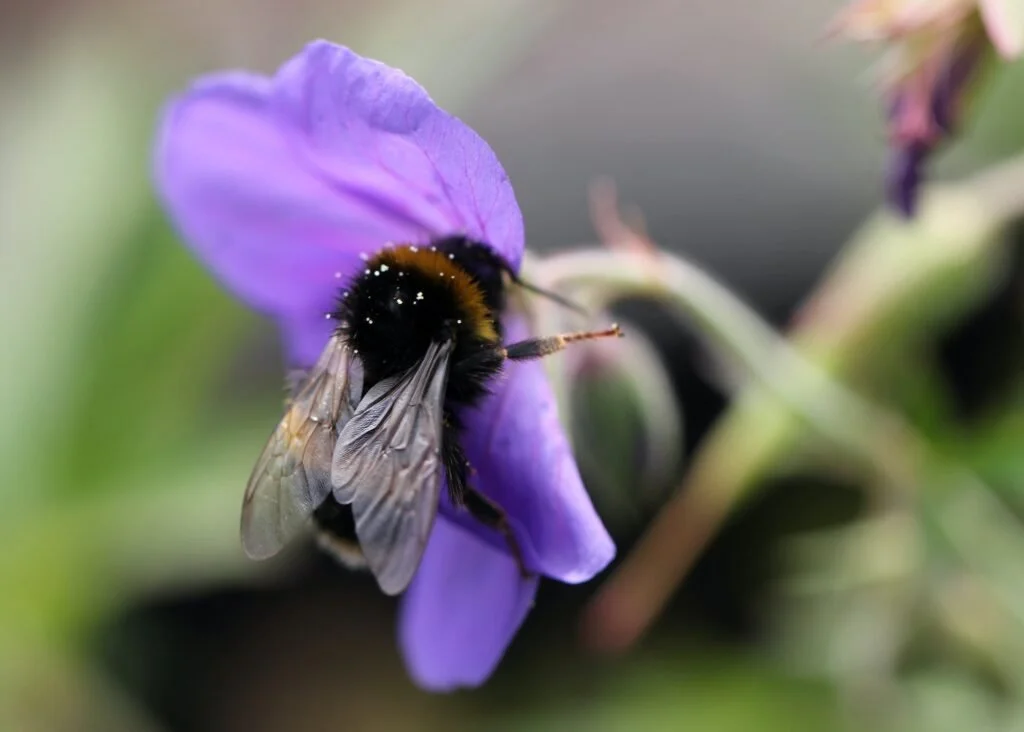The callous exploitation of natural resources underlines the context that has created a mash-up of toxins – in the air we breathe, the water we drink and the food we ingest. Consider the state of water. Data published by UN Water show that over 2 billion people, or roughly a quarter of the world population, lack “safely managed” drinking water and 2.3 billion live in water-stressed countries. Groundwater accounts for a major share of human consumption and is threatened by contamination by fertilisers, pesticides, industrial and mining wastes, petroleum products and solid waste landfills. A Lancet report reveals that water pollution was responsible for 1.4 million premature deaths in 2019. The World Bank has observed that shallow groundwater in every populated region should be considered at risk of pollution.
So-called ‘safe’ pesticides have surprising ill effects
Health Canada is currently reviewing regulations for pesticides in Canada, and three UBC researchers say regulators might want to consider what happened in Japan. A lake in Shimane Prefecture has seen its commercial fishery collapse by more than 90 per cent since 1993, when insecticides known as neonicotinoids were first introduced to the area. It just so happens that zooplankton—the tiny creatures in the water that fish feed on—declined by 83 per cent during the same period.
Contamination of Grand River coming from upstream
A study measuring the quality of water in the Grand River found the majority of pollutants are coming from municipalities upstream and are concentrated around Fairchild Creek. Pesticides, e-coli, and human waste by-products are all present in the Grand River but the state of the art treatment plant in Ohsweken is filtering most of that out, according to one of the study authors, Marsha Serville-Tertullien, from Trent University. She recommended Six Nations tell municipalities up stream to clean up their act in order to reduce potential contaminants in Six Nations’ drinking water.
Russell Wangersky: Water testing? Provinces asked feds to do it
It’s about the reaction to a photograph taken of Environment and Climate Change Canada (ECCC) inspectors taking water samples near Pense — the workers said they thought they were working on public land next to the highway, while a landowner claimed the work was being done on private land. It should have stopped right there — as a misunderstanding about whether the land was public or private, with efforts to do better in the future. Instead, it became the latest federal/provincial football. Some people have got in touch with me after I wrote about this issue last week to point out that I haven’t lived here long enough to understand the way Saskatchewan residents feel about private land.
Better Management of Urban Runoff Needed To Protect Water Systems
We know the lakes and rivers in and around urban environments are contaminated by plastic debris, detergents, pesticides, heavy metals and other contaminants, but new research is showing that urban runoff toxicity is ill-defined and potentially underestimated globally. Researchers including Nathalie Tufenkji, Professor of Chemical Engineering at McGill University and Canada Research Chair in Biocolloids and Surfaces, are calling for cities to better manage and treat urban runoff to protect sources of drinking water and reduce the impacts on aquatic ecosystems.
Storm drainage bylaw passed
One of the bigger infrastructure projects scheduled for 2021 in Pincher Creek is replacing the storm drainage system along Church Avenue, Willow Street and Poplar Avenue. As part of the 2021 capital budget, $377,042.20 will be used to begin replacing the old storm sewer. Pincher Creek’s drainage system is also getting a legal boost after council approved all three readings for a new storm drainage bylaw, Bylaw 1630-21. Among other things, the bylaw lays out what can and cannot be released into storm drains.
Blue-green algae confirmed in Grand Lake
Toxins associated with blue-green algae have been confirmed in Grand Lake, N.S., but the province's Department of Environment is awaiting further test results for pesticides and other chemical contaminants. Those results are expected soon, the department said. In the meantime, people are still being urged to avoid drinking the water in Grand Lake, and avoid any skin contact with the water. "We still want people to be cautious and not use the water," Julie Towers, deputy minister of the Department of Environment and Climate Change, told media outside the East Hants Aquatic Centre in Elmsdale, N.S.
Water Advisory Continues for Shubenacadie Grand Lake
The provincial Department of Environment and Climate Change is advising people in the Shubenacadie Grand Lake area to avoid using lake water over the weekend. The department is investigating water quality after a complaint earlier this week about two dogs dying after being in contact with a substance on the lakeshore. Rapid tests done on water samples from the lake on Thursday, June 10, were inconclusive. However, based on visual evidence from the time the complaint about water quality was made, the incident is being treated as a blue-green algae bloom. Additional test results will be available Monday.









